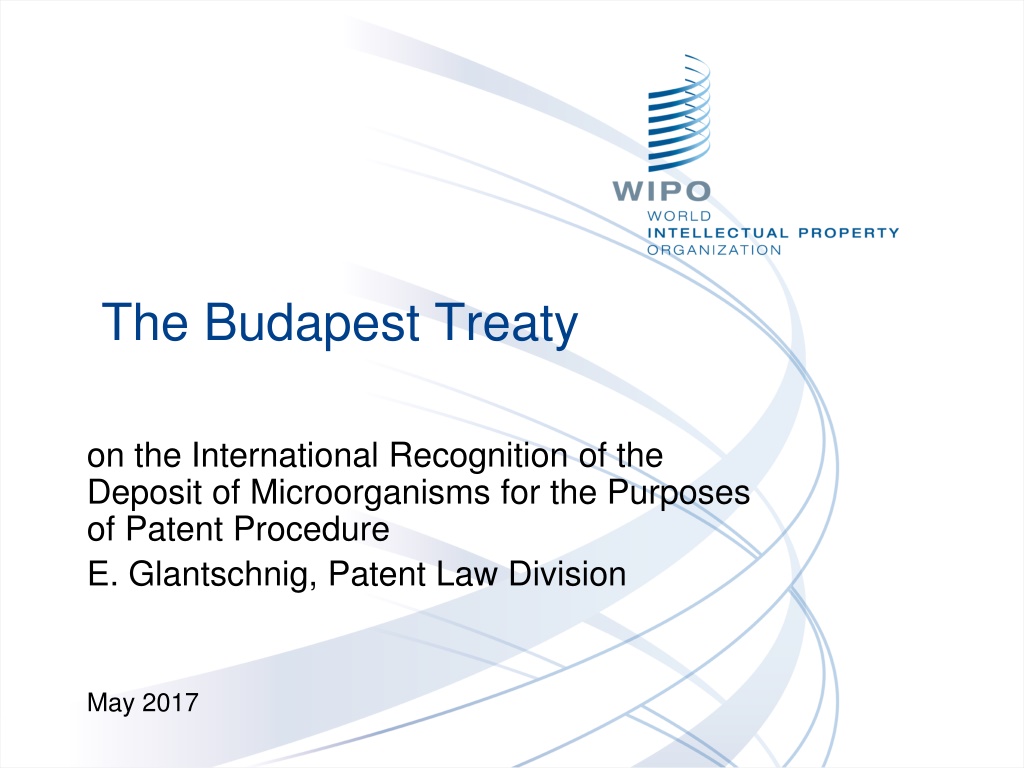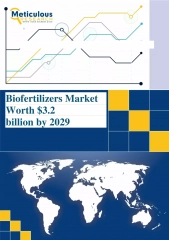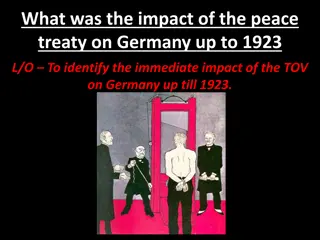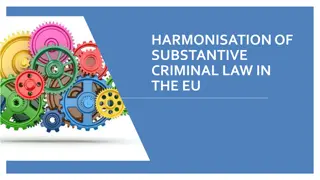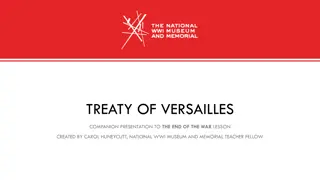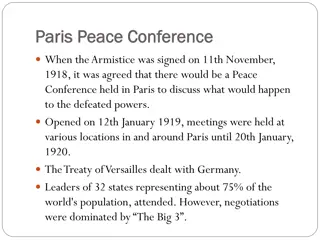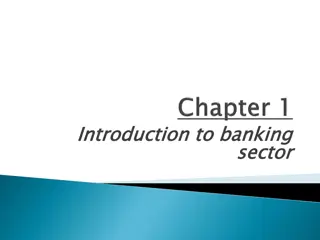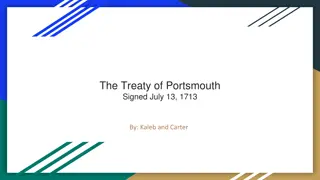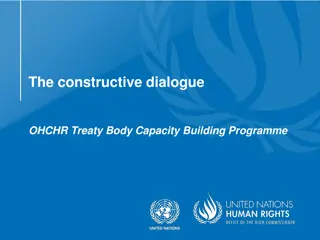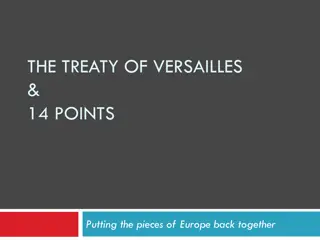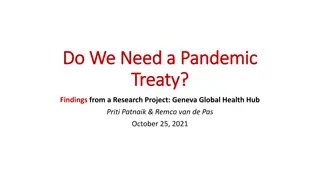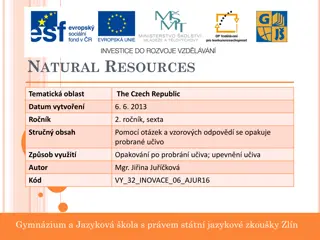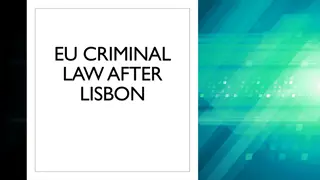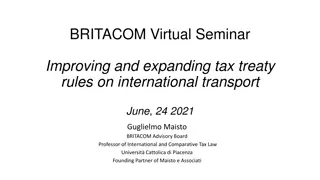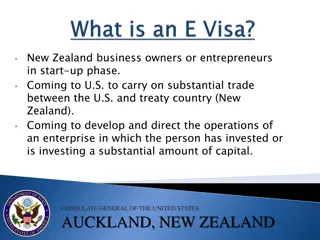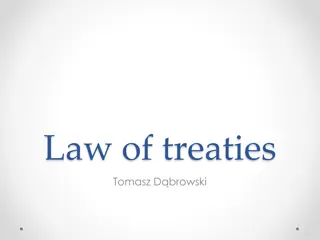Understanding the Budapest Treaty on Microorganism Deposits
The Budapest Treaty on the International Recognition of the Deposit of Microorganisms for the Purposes of Patent Procedure addresses the importance of sufficient disclosure and deposit of microorganisms in patent applications. Microorganisms play crucial roles in various industries like food production and pharmaceuticals. The treaty aims to streamline the deposition process internationally, making it easier for inventors to protect their inventions involving new microorganisms.
Download Presentation

Please find below an Image/Link to download the presentation.
The content on the website is provided AS IS for your information and personal use only. It may not be sold, licensed, or shared on other websites without obtaining consent from the author. Download presentation by click this link. If you encounter any issues during the download, it is possible that the publisher has removed the file from their server.
E N D
Presentation Transcript
The Budapest Treaty on the International Recognition of the Deposit of Microorganisms for the Purposes of Patent Procedure E. Glantschnig, Patent Law Division May 2017
2 Why a specific treaty ? Requirement of sufficient disclosure of the invention How to disclose a microorganism? Requirement of the deposit of the microorganism Usefulness of a single internationally recognized deposit
3 What is a microorganism? Microorganisms are microscopic organisms (e.g., bacteria, fungi, viruses and yeasts) which are used in the production of food (e.g., yogurt, beer), pharmaceuticals (e.g. antibiotics) and other products (e.g., washing powder) Definition in Concise Oxford Dictionary: an organism not visible to the naked eye, e.g., bacterium or virus
4 Disclosure requirement Patent law protection requires the disclosure of inventions, usually by the publication of a description The public may use the information for experimental purposes (depending on the national patent law) and, once the patent has lapsed, for commercial purposes
5 Disclosure of a microorganism Where an invention involves the use of or concerns a new microorganism which is not yet publicly available and which cannot be fully disclosed in the description, it is necessary to deposit a sample of that microorganism with a culture collection
6 Multiplicity of deposits Many national laws require the deposit of microorganisms Complex and costly procedures for distinct deposits in various countries Necessity of rationalization at international level
7 The Budapest Treaty Proposal by the United Kingdom to the Executive Committee of the Paris Union that WIPO study the possibilities of international treaty on deposits of microorganisms Decision to establish a Committee of Experts The Committee held three sessions (in 1974, 1975 and 1976) and prepared a draft of a Treaty and Regulations to be submitted to a Diplomatic Conference
8 Adoption and signature Diplomatic Conference, held in Budapest, April 14 to 28, 1977 Adoption of the Treaty on April 28, 1977 Signature by 18 States: AT, BG, CH, DE, DK, ES, FI, FR, HU, IT, LU, NL, NO, SE, SN, SU, UK, US
9 Entry into force Ratification by Hungary, Bulgaria, the United States and France Entry into force on August 19, 1980, after the accession of Japan Today: 80 Contracting States 46 International Depositary Authorities (IDAs)
10 Contracting States (1) Albania, Armenia, Australia, Austria, Azerbaijan, Bahrain, Belarus, Belgium, Bosnia and Herzegovina, Brunei Darussalam, Bulgaria, Canada, Chile, China, Colombia, Costa Rica, Croatia, Cuba, Czech Republic, Democratic People s Republic of Korea, Denmark, Dominican Republic, El Salvador, Estonia, Finland, France, Georgia, Germany, Greece, Guatemala, Honduras, Hungary, Iceland, India, Ireland, Israel, Italy, Japan, Jordan, Kazakhstan, Kyrgyzstan, Latvia, Liechtenstein, Lithuania, Luxemburg, Mexico, Monaco, Montenegro,
11 Contracting States (2) Morocco, Netherlands, Nicaragua, Norway, Oman, Panama, Peru, Philippines, Poland, Portugal, Qatar, Republic of Korea, Republic of Moldova, Romania, Russian Federation, Serbia, Singapore, Slovakia, Slovenia, South Africa, Spain, Sweden, Switzerland, Tajikistan, the former Yugoslav Republic of Macedonia, Trinidad and Tobago, Tunisia, Turkey, Ukraine, United Kingdom, United States of America, Uzbekistan.
12 Budapest Treaty World Map
13 Declarations of acceptance have been deposited by the following intergovernmental industrial property organizations: - European Patent Organisation (EPO) - Eurasian Patent Organization (EAPO) - African Regional Intellectual Property Organization (ARIPO)
14 Principal characteristics of the Treaty All Contracting States recognize the deposit of a microorganism with any IDA Any deposit of a microorganism with an IDA shall be accepted for the purposes of patent procedure by the patent offices of the Contracting States and by any regional office who filed a declaration of acceptance
15 International Depositary Authority (1) A scientific institution located on the territory of a Contracting State accepting deposits of microorganisms storage of microorganisms furnishing samples of any deposited microorganism
16 International Depositary Authority (2) Status acquired after acceptance of communication from the Contracting State to the Director General of WIPO (Art. 7)
17 IDA World Map
18 The subject matter of the deposit The Treaty does not define the term microorganism thus allowing a broad interpretation of the term It includes unicellular and multicellular organisms, bacteria, fungi, plant, animal and human cell cultures, murine embryos, plasmids, seeds, etc. Today, the term biological material is more commonly used
19 Most widely accepted kinds of MO by IDAs non-pathogenic yeasts non-pathogenic bacteria non-pathogenic fungi 34 34 32
20 Infrequent accepted kinds of MO by IDAs Pathogenic Protozoa (1) Murine embryos, Oncogenes (2) Nematodes, RNA (4)
21 Deposit procedure Mandatory acceptance of the microorganism by the IDA when requirements for deposit are met Delivery of a receipt Time limit for the deposit: depends on the national law, in general, the filing date of the patent application Storage during at least 30 years
22 Rule 11: Access to deposited biological material Any interested industrial property office The depositor or third parties authorized by the depositor Any parties legally entitled under the applicable legislation, with the prescribed form and certified by the industrial property office
23 Budapest Treaty Statistics 2015 Overall Deposits (nearly doubled since 2005) 4.893 Samples Furnished 2.673
24 The Top 8 IDAs in Terms of Deposits in 2015 CGMCC (CN) 1.645, CCTCC (CN) 1.055, ATCC (US) 653, KCTC (KR) 231, DSMZ (DE) 217, NCIMB (GB) 157, NRRL (US) 155, KCCM (KR) 145
25 The Aggregate of Deposits since February 1981 Overall Deposits: 96.906 ATCC CGMCC IPOD (JP) DSMZ CCTCC 31.114 11.977 10.201 7.988 7.872
26 Advantages of the Budapest Treaty (1) Simplification and cost reduction of patent procedures Prevention of certain risks in the field of biotechnology Promotion of R&D through access to deposited biological material Promotion of cooperation and exchange between IDAs
27 Advantages of the Budapest Treaty (2) The Contracting States must recognize the deposit with any IDA must give the assurances that the IDAs fulfill the requirements of the Treaty are not obliged to establish an IDA on their own territory do not have to pay any financial contribution to WIPO
28 Documentation on the Treaty Budapest Treaty and its Regulations Guide to the Deposit of Microorganisms under the Budapest Treaty (www.wipo.int/budapest)
29 Some other useful texts Patent Cooperation Treaty (PCT), Rule 13bis European Patent Convention (EPC), Rules 31 - 34 European Directive on the legal protection of biotechnological inventions (Directive 98/44/EC) TRIPS Agreement, Art. 27.3
30 Where to get information? Budapest Treaty Section Patent Law Division WIPO Chemin des Colombettes, 34 1211 Geneva 20 (Switzerland) Ewald Glantschnig Tel.: 00 41 22 338 84 80 Fax: 00 41 22 338 88 30 E-mail: ewald.glantschnig@wipo.int
